Horror Authors to Read for Fall
By Amber Hoskins, Adult Services Librarian
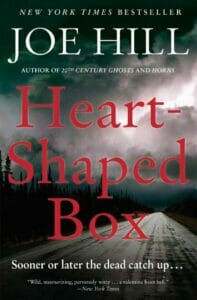 With fall rapidly approaching and Halloween around the corner, now is a good time to discuss my preferred genre, horror. Since there are so many books to choose from, I would like to share some of my favorite authors who have mastered this category, and have more than one good book to offer.
With fall rapidly approaching and Halloween around the corner, now is a good time to discuss my preferred genre, horror. Since there are so many books to choose from, I would like to share some of my favorite authors who have mastered this category, and have more than one good book to offer.
I will start with Joe Hill, who has seen several of his stories be turned into movies and another into a TV series. There is not one book I have read from this author that I did not like, and that is a rarity for me. I loved his debut novel, “Heart Shaped Box,” and have continued to enjoy anything he publishes, including the short story collections. Hill is an author that can keep a fast pace and be creepy without getting too gory with the details, so this is a good author for someone who wants horror but doesn’t enjoy anything too graphic. I usually always prefer the book to the screen, but if you want to skip reading, you can check out the “Black Phone” movie or watch the “NOS4A2” series, which were both good adaptations, in my opinion.
Another author to look into would be Paul Tremblay. I must admit that I am not a fan of his short story collections, but I have enjoyed his novels. Tremblay just released a new book, “The Pallbearers Club,” this past July which has received positive reviews from Booklist and Library Journal. I would also recommend “The Cabin at the End of the World” and “Survivor Song” if you are into apocalyptic horror. In the former, the characters are forced to consider sacrificing their own fate for the rest of the world, while “Survivor’s Song” portrays the desperation of withstanding a doomsday caused by a disease outbreak. Both are fast-paced page turners that I found hard to put down.
I would like to point out one more author who is great at writing about haunted places without getting into grisly details. Jennifer McMahon has been compared to Shirley Jackson when it comes to her ghost stories. I have read several of McMahon’s novels, and none have been disappointing. This year, she released “The Children on the Hill.” In this book, McMahon gives us an eerie novel inspired by “Frankenstein,” which fans of gothic horror are sure to love. This story follows a timeline from 1978 to the present and involves a psychiatrist grandmother who takes a patient into her home where she is also raising her two grandchildren. This book will keep you guessing until its climactic ending. I would also suggest her novel “The Invited,” which follows the story of a married couple who decide to build a house on haunted land, and find out there are consequences for that.
If historical fiction is your wheelhouse, and you would like to read something spooky in that genre, check out Alma Katsu. Katsu recently penned “The Fervor,” which follows the story of a mother and daughter who are sent to a Japanese-American internment camp during WWII. As always, Katsu blends this history with paranormal twists and turns, which never ceases to entertain. You can also look into her other stories which blend history with the supernatural. “The Hunger” follows the story of the Donner Party and “The Deep” conveys a story about survivors of the Titanic.
For my final recommendation, I have an older book to endorse. This one is for those who want something really unnerving. “The Troop” by Nick Cutter is one of the creepiest books I have ever read, and that is because I find parasites terrifying. If you want to read about a bio-engineered, government experiment gone wrong, this is your book. Cutter does not side-step any of the gory details about this insatiable, horrific parasite, so be warned. If you are not bothered by this kind of thing, then read this book; you will not forget it, or regret it.
I hope these recommendations give you an excuse to curl up with a blanket and read something thrilling. If horror is not your thing, you can still enjoy the cooler weather while being wrapped up with a gentler read. The ways in which you wish to enjoy your fall reading is strictly up to you, so do what makes you happy this season!


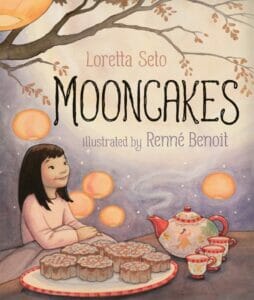 Picture this: leaves, just beginning to change color, glimmering gold, silver, and bronze under the light of the full moon. Countless paper lanterns in every color, many in the shape of rabbits, illuminating walkways and windows. The sounds of music playing and people laughing drifting from dining rooms and backyards. The smell of fresh mooncakes mixing with the scent of noodles and roasted duck. In countless homes across China and many East Asian countries, these snapshots showcase just a few ways the Mid-Autumn Festival is celebrated. This year, it’s on September 10.
Picture this: leaves, just beginning to change color, glimmering gold, silver, and bronze under the light of the full moon. Countless paper lanterns in every color, many in the shape of rabbits, illuminating walkways and windows. The sounds of music playing and people laughing drifting from dining rooms and backyards. The smell of fresh mooncakes mixing with the scent of noodles and roasted duck. In countless homes across China and many East Asian countries, these snapshots showcase just a few ways the Mid-Autumn Festival is celebrated. This year, it’s on September 10.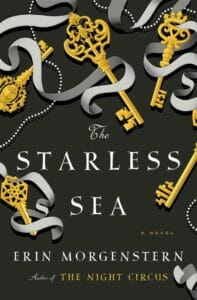 Ever since I was young, the start of school has meant that it is time for Fall to begin. However, since we’re still dealing with 90-degree days that refuse to let me wear comfy sweaters and drink hot cider, I have to get my autumnal fix from books. Over the last year or so I’ve found an interesting niche of books that have been labeled under the sub-genre “dark academia.” Dark academia originally began as an aesthetic, with photo collages, music, and fashion choices donning the label. Think, college library with stone and gargoyles on a rainy day, and sometimes murder or psychological horror mixed in. It is worth noting that while I adore this genre, it is not for everyone. I highly suggest checking trigger warnings before reading any dark academia or horror books to be sure you’ll enjoy the title.
Ever since I was young, the start of school has meant that it is time for Fall to begin. However, since we’re still dealing with 90-degree days that refuse to let me wear comfy sweaters and drink hot cider, I have to get my autumnal fix from books. Over the last year or so I’ve found an interesting niche of books that have been labeled under the sub-genre “dark academia.” Dark academia originally began as an aesthetic, with photo collages, music, and fashion choices donning the label. Think, college library with stone and gargoyles on a rainy day, and sometimes murder or psychological horror mixed in. It is worth noting that while I adore this genre, it is not for everyone. I highly suggest checking trigger warnings before reading any dark academia or horror books to be sure you’ll enjoy the title.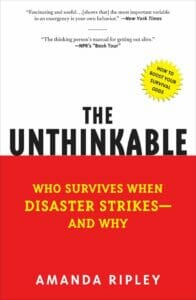 With classes started, swarms of people walking through campus, and Aggieville being in full swing, we get to welcome back K-State students. As the class of 2026 joins the Manhattan community, they also join their fellow classmates in reading this year’s K-State First Book, “
With classes started, swarms of people walking through campus, and Aggieville being in full swing, we get to welcome back K-State students. As the class of 2026 joins the Manhattan community, they also join their fellow classmates in reading this year’s K-State First Book, “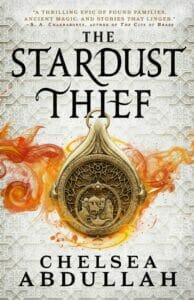 In the past decade, there has been a rising genre catering to those whose high school years are behind them. The “new adult” genre aims to encompass the humor, emotional development, and realization of autonomy many 18-to-20-somethings discover. More importantly, the genre exists as a more grown-up young adult novel, and also reflects darker, spicier, and more introspective narratives. Discussed below are some examples for those who love the vibe of young adult content, but are hoping for an older lens.
In the past decade, there has been a rising genre catering to those whose high school years are behind them. The “new adult” genre aims to encompass the humor, emotional development, and realization of autonomy many 18-to-20-somethings discover. More importantly, the genre exists as a more grown-up young adult novel, and also reflects darker, spicier, and more introspective narratives. Discussed below are some examples for those who love the vibe of young adult content, but are hoping for an older lens.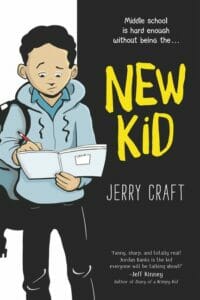 If you don’t get why graphic novels are so popular, you’re not alone. As a librarian, I see first-hand how fast these books fly off the shelf, and I know they are fantastic for getting reluctant readers, reading. But I never picked one up until last year. One book was all it took to get me hooked! I know that kids and teens love them, but they are increasingly becoming popular with adults. Graphic novels, or comics, are increasing in popularity daily, and librarians love them! Ok, we don’t necessarily like to shelve them (think lots of very thin paperbacks all falling over every time you try to put one away-arghhhhh).
If you don’t get why graphic novels are so popular, you’re not alone. As a librarian, I see first-hand how fast these books fly off the shelf, and I know they are fantastic for getting reluctant readers, reading. But I never picked one up until last year. One book was all it took to get me hooked! I know that kids and teens love them, but they are increasingly becoming popular with adults. Graphic novels, or comics, are increasing in popularity daily, and librarians love them! Ok, we don’t necessarily like to shelve them (think lots of very thin paperbacks all falling over every time you try to put one away-arghhhhh).
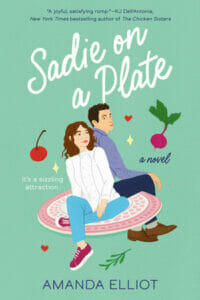
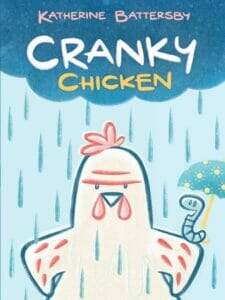
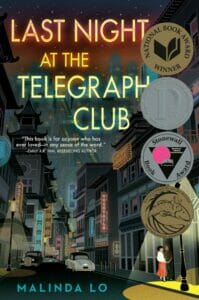 In the opening pages of “
In the opening pages of “